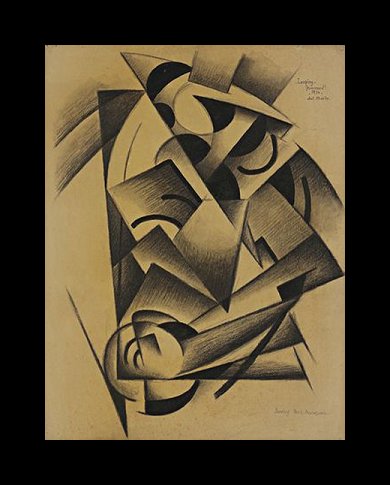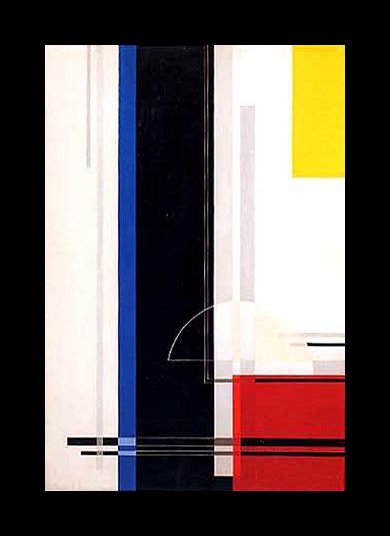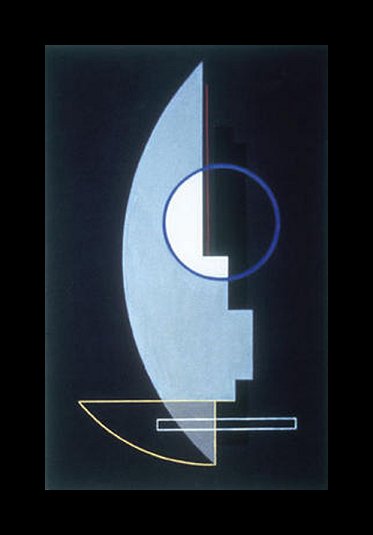Felix del Marle (1889-1952)
Get a Marle Certificate of Authenticity for your painting or a COA for your Marle drawing or sculpture.
For all your Marle artworks you need a Certificate of Authenticity in order to sell, to insure or to donate for a tax deduction.
How to get a Marle Certificate of Authenticity is easy. Just send us photos and dimensions and tell us what you know about the origin or history of your Marle painting, drawing or sculpture.
If you want to sell your Marle painting, drawing or sculpture use our selling services. We offer Marle selling help, selling advice, private treaty sales and full brokerage.
We have been authenticating Marle and issuing certificates of authenticity since 2002. We are recognized Marle experts and Marle certified appraisers. We issue COAs and appraisals for all Marle artworks.
Our Marle paintings, drawings and sculptures authentications are accepted and respected worldwide.
Each COA is backed by in-depth research and analysis authentication reports.
The Marle certificates of authenticity we issue are based on solid, reliable and fully referenced art investigations, authentication research, analytical work and forensicstudies.
We are available to examine your Marle painting, drawing or sculpture anywhere in the world.
You will generally receive your certificates of authenticity and authentication report within two weeks. Some complicated cases with difficult to research Marle paintings, drawings or sculpture take longer.
Our clients include Marle collectors, investors, tax authorities, insurance adjusters, appraisers, valuers, auctioneers, Federal agencies and many law firms.
We perform Felix Del Marle art authentication, appraisal, certificates of authenticity (COA), analysis, research, scientific tests, full art authentications. We will help you sell your Felix Del Marle or we will sell it for you.
Futurist painter Felix del Marle was born in Pont-Sur-Sambre, France and studied at the School of Fine Arts in Valenciennes. Later, del Marle would also study in Brussels, and finally moved to Paris in 1912. There he shared a studio with fellow artist Gino Severini and was exposed to Futurism in 1913. He would be the only Frenchman to sign their manifesto and be officially associated with the Futurists.

Like many of the other Futurists, his flirtation with the movement would be short lived—only about three years. The Futurist movement dealt with motion, light and technology, often infusing machinery and other technological symbols, and was started by Italian artists like Giacomo Balla. After he moved on from Futurism, del Marle was influenced by Abstract artist Kupka and would paint in this style from the 1920s until his death. Del Marle has also been associated with the De Stijl style of Abstract painting, which focused on squares of color and can be seen in his 1947 piece “Composition”.

Del Marle would work in a number of mediums from oil to charcoal and gouache. He also painted under the name Mac Del Marle or simply went by just his last name.



Like most Abstract artists of his era, it would not be likely that self-portraits, still life or landscapes would be found an attributed to him, but mostly geometric compositions. However, in the 1930s he worked in neoplasticism, a type of sculpture, and created very linear models. Del Marle did, however, design modular furniture in an Abstract style.
Del Marle was very interested in creating a synthesis of the arts, and was even known to create three-dimensional models of his paintings in order to convince architects to build his designs.
Today, del Marle’s work is housed in museums all over France and Europe. Because he was an Abstract painter for most of his career, his work may be hard to immediately identify. However, a professional authenticator would be able to thoroughly research a piece by del Marle.
Reviews
1,217 global ratings
5 Star
4 Star
3 Star
2 Star
1 Star
Your evaluation is very important to us. Thank you.
